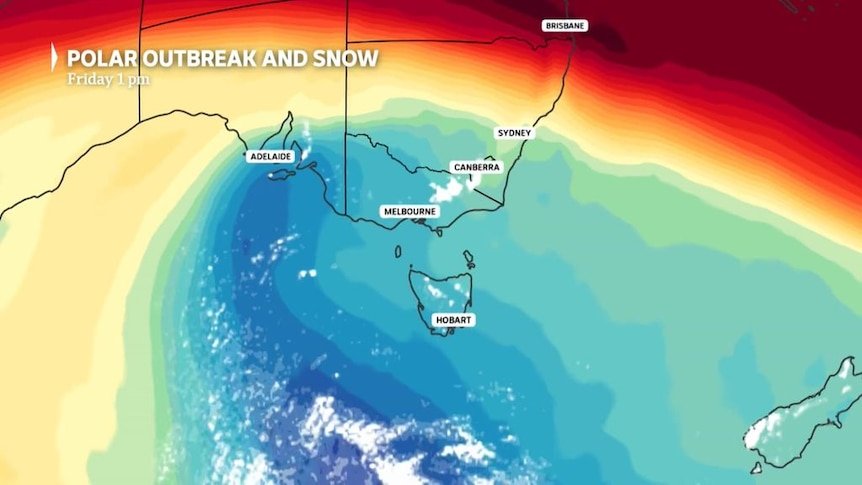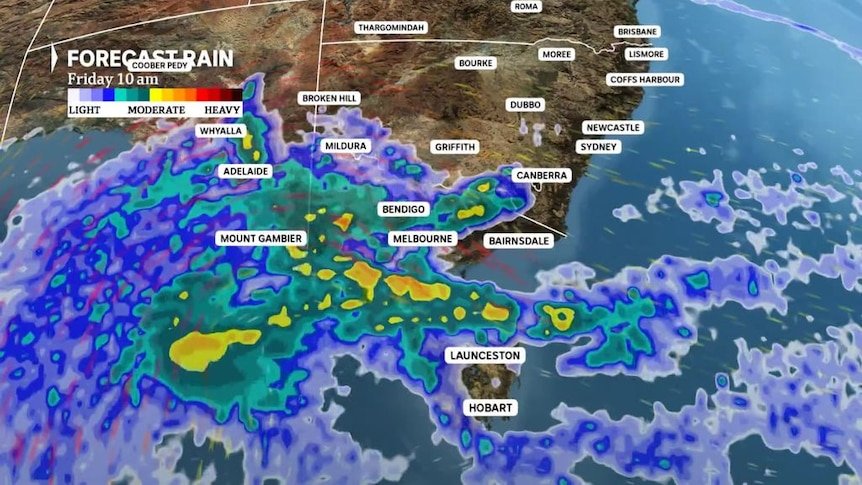A significant cold outbreak is set to deliver a severe end to winter across southern Australia this week, with a series of four cold fronts expected to bring damaging winds, widespread rain, and low-level snow to multiple states.
Forecasters are predicting the most powerful front, carrying a mass of polar air from Antarctica, will impact the region on Friday and Saturday, with severe weather warnings likely for parts of South Australia, Victoria, Tasmania, and New South Wales.
The most significant impacts are expected from the third front in the series, which is forecast to generate a deep low-pressure system over the Great Australian Bight on Thursday.
This will combine to produce a blast of intense winds across southeastern states on Friday and Saturday.

The Bureau of Meteorology has indicated that severe weather warnings for damaging wind gusts in excess of 100 km/h are likely, which could lead to power outages and property damage.
Thunderstorms accompanied by small hail are also forecast for several areas, including Melbourne, Hobart, and Canberra on Saturday.
Widespread Snow and Alpine Blizzards Expected
A rare mass of cold polar air travelling directly from Antarctica is expected to lower snow levels significantly across the southeast.
On Friday and Saturday, snow is forecast to fall as low as 200 metres in Tasmania, 500 metres in Victoria, and 700 metres in southern and central New South Wales, with a chance of brief flurries in cities like Canberra and Ballarat.
Alpine regions are expected to receive at least 50 centimetres of fresh snow over four days, with blizzard conditions possible, which will likely secure a solid snow base for the remainder of the ski season.
Despite the severe conditions, the weather system is expected to provide significant drought-relieving rainfall to agricultural regions.
Widespread totals of 20 to 50 millimetres are forecast across South Australia, Victoria, Tasmania, and the southern Riverina of NSW.
This late-winter drenching is expected to ensure that many areas that experienced rainfall deficits in 2024 and early 2025 will now finish the season with above-average winter rainfall totals.

